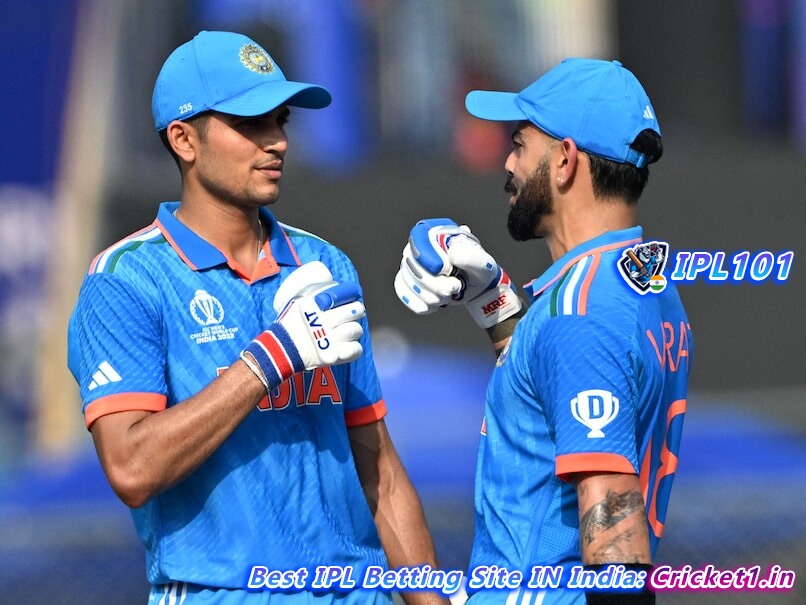
In the aftermath of the Cricket World Cup 2023, an expressionless Virat Kohli’s brief handshake and hug with the young Shubman Gill was more than just a courteous gesture. It symbolized a foreseeable generational shift in Indian cricket following the team’s missed opportunity to claim a third World Cup title. Though seasoned players like Kohli, Rohit Sharma, and Mohammed Shami may continue to don the Indian jersey a while longer, the responsibility of shaping a new legacy now squarely falls on the shoulders of a new brigade.
At 24, Shubman Gill along with Shreyas Iyer (28), Ishan Kishan (25), Ruturaj Gaikwad (26), and Yashasvi Jaiswal (21) represents the vanguard of India’s cricket future. They will be accompanied by Rishabh Pant (26), who is on the mend, as India marches toward the T20 World Cup 2024 and beyond. These young guns are not strangers to high-level cricket – they’ve proven their mettle time and again. Still, filling the shoes of stalwarts like Kohli and Rohit, who have built impressive legacies over the last decade, is a herculean task laden with pressures unique to the sport of modern-day cricket.
Recognizing the need for strong leadership in this transformational phase, former Indian batsman Robin Uthappa has singled out Shreyas Iyer as a potential candidate. Uthappa praised Iyer for his dedication, confidence, and impressive skills, especially in the crucial No. 4 batting position, envisioning him as a future leader, particularly in white-ball cricket.
The road ahead for Indian cricket, however, is not just about identifying a new skipper – it’s about crafting a robust team that can withstand the pressures of the international stage. Team-building requires a vision that extends beyond the upcoming T20 World Cup in the USA and the West Indies. India will participate in three major global white-ball events during the current international cycle from 2023 to 2027, including the Champions Trophy 2025, a co-hosted T20 event with Sri Lanka in 2026, and the 50-over World Cup in 2027.
A former Indian selector emphasized the need for early planning and consistent opportunities for youngsters to ensure they are battle-ready for top-tier tournaments. It’s crucial to maintain transparent communication, instilling the players with the confidence that they are long-term investments for the team, regardless of immediate performance outcomes.
This approach also applies to the realm of spin bowling, where finding successors to the seasoned duo of Ravichandran Ashwin and Ravindra Jadeja is a top priority. While Kuldeep Yadav’s resurgence spells some relief, there’s a consensus on the need to test and establish a reliable spin support line. Young talents such as leg-spinner Ravi Bishnoi and left-arm spinner Saurabh Kumar might soon find themselves in the mix, necessitating consistent chances to prove their worth.
The evolution of team composition is one of the most nuanced and complex aspects of sports management. The Indian cricket team finds itself at an inflection point, ready to navigate this evolution. As India gears up for the ensuing chapter of its storied cricketing history, the focus is on nurturing the young talent, offering them the platform to grow, and setting the stage for the triumphant sagas that lie ahead.
With India’s cricketing landscape on the cusp of this pivotal transformation, one thing is clear – the hunger for success, the clarity of roles, and the commitment to development will define the team’s fortunes in the years to come. As the nation watches and hopes, Indian cricket stands ready to embrace change and embark on this new journey with a blend of experienced guidance and exuberant youth.

